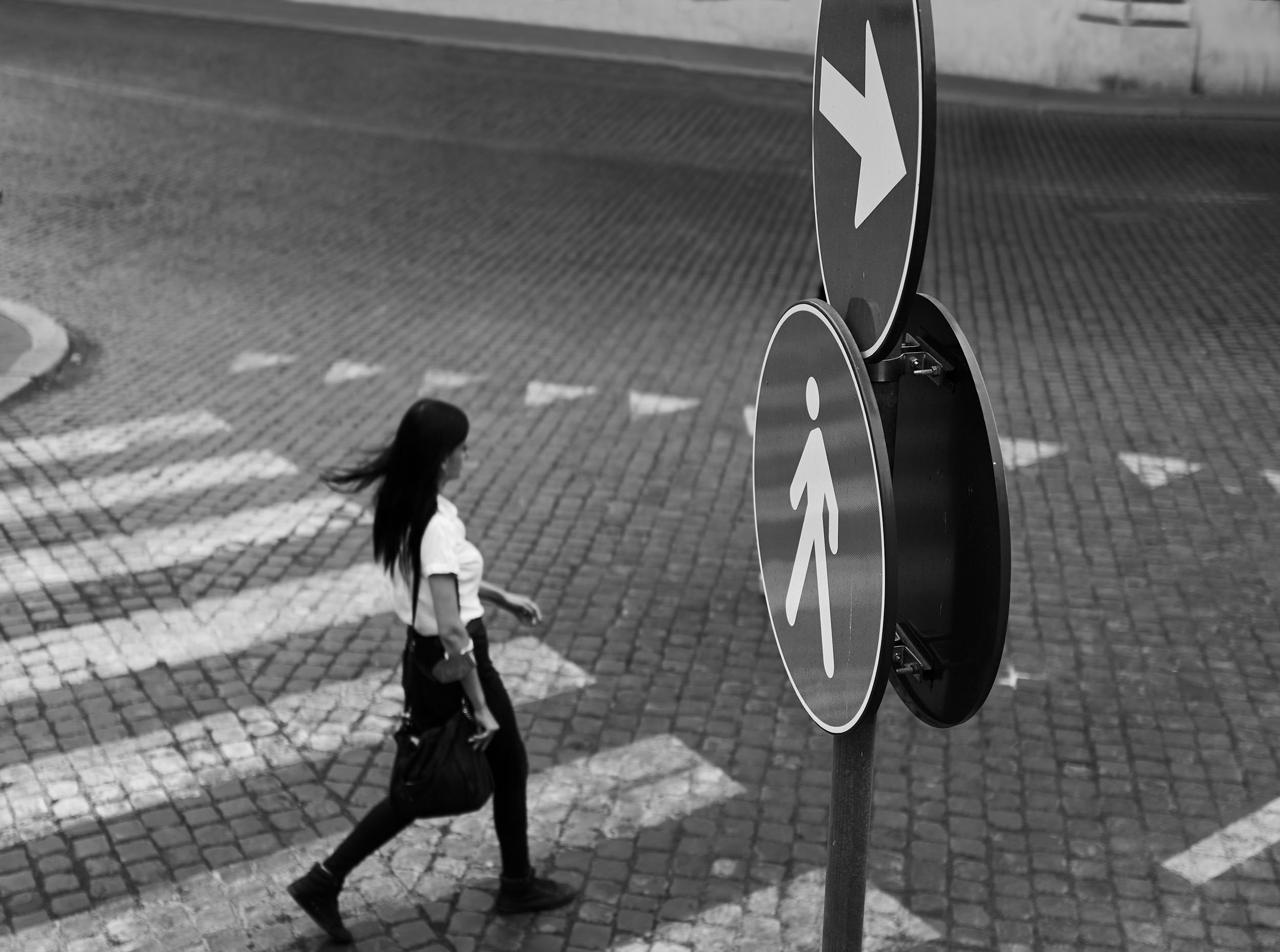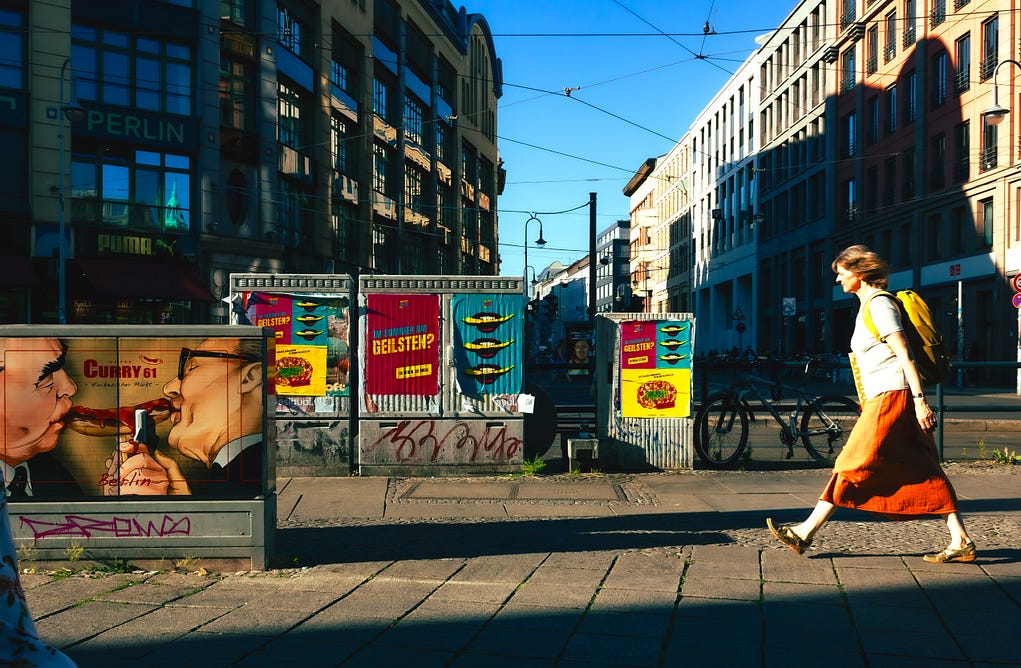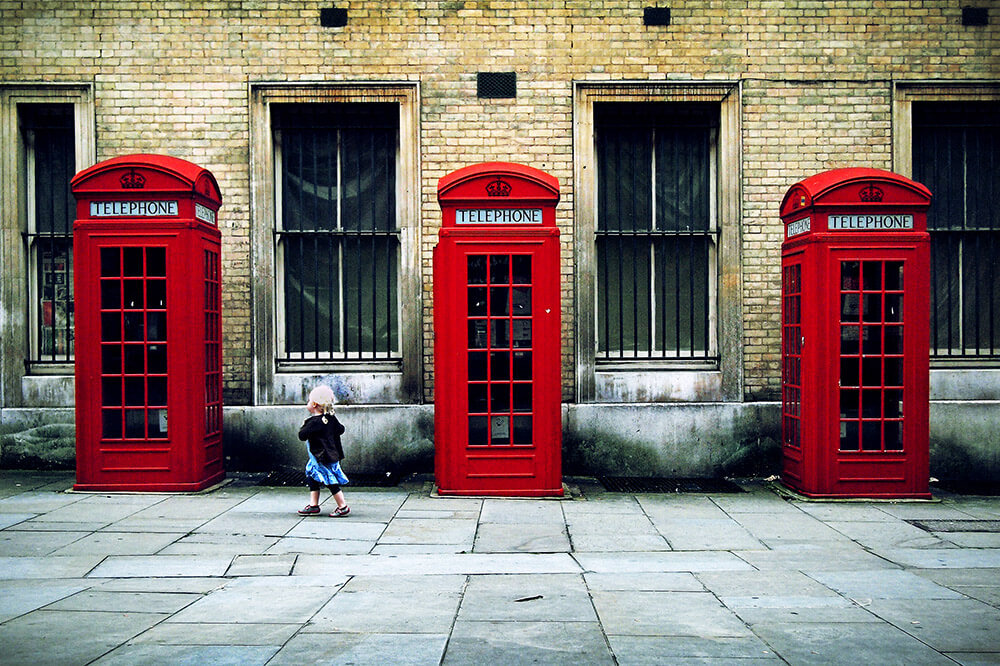The Basic Principles Of Street Photographers
The Basic Principles Of Street Photographers
Blog Article
Fascination About Street Photographers
Table of ContentsThe Only Guide to Street PhotographersThe 6-Minute Rule for Street PhotographersThe Best Guide To Street PhotographersThe 25-Second Trick For Street PhotographersStreet Photographers Things To Know Before You Buy
Road digital photographers do not necessarily have a social objective in mind, yet they like to isolate and catch moments which might otherwise go undetected.Though he was influenced by most of those who affected the street professional photographers of the 1950s and '60s, he was not primarily interested in recording the spirit of the street. The impulse to visually document individuals in public began with 19th-century painters such as Edgar Degas, douard Manet, and Henri de Toulouse-Lautrec, that functioned side by side with professional photographers trying to capture the significance of urban life.
As a result of the fairly primitive innovation available to him and the long exposure time called for, he struggled to capture the stress of the Paris roads. He try out a collection of photographic approaches, attempting to find one that would certainly allow him to catch motion without a blur, and he located some success with the calotype, patented in 1841 by William Henry Fox Talbot. As opposed to Atget, digital photographer Charles Marville was hired by the city of Paris to create an encyclopaedic record of Haussmann's metropolitan preparation task as it unfolded, thus old and new Paris. While the photographers' topic was essentially the same, the outcomes were markedly various, showing the effect of the digital photographer's intent on the character of the photos he generated.
What Does Street Photographers Do?
Offered the great high quality of his photographs and the breadth of product, architects and artists frequently acquired Atget's prints to utilize as referral for their own work, though industrial passions were hardly his major inspiration. Instead, he was driven to picture every last residue of the Paris he loved. The mingled enthusiasm and necessity of his goal luster through, resulting in photos that tell his own experience of the city, top qualities that expected road photography of the 20th century.

Unlike his peers, Brassa used a larger-format Voigtlnder electronic camera with a longer exposure time, requiring him to be more computed and thoughtful in his technique than he might have been if utilizing a Leica.

Some Ideas on Street Photographers You Need To Know
It is due to this fundamental understanding of the art of picture taking that he is commonly attributed with rediscovering the medium around once more about a century since its creation. He took pictures for even more than a half century and affected generations of photographers to trust their eye and intuition in the minute.
These are the questions I shall try to address: And after that I'll leave you with my own interpretation of street digital photography. Yes, we do. Let's kick off with specifying what an interpretation is: According to it is: "The act of defining, or of making something certain, distinct, or clear".
No, most definitely not. The term is both limiting and deceiving. Seems like a road digital photography should be photos of a roads appropriate?! And all road digital photographers, with the exception of a little number of absolute beginners, will fully appreciate that a road is not the vital part to road photography, and in fact if it's an image of a street with possibly a few monotonous people not doing anything of passion, that's not road photography that's a picture of a street.
The smart Trick of Street Photographers That Nobody is Discussing
He makes a valid point don't you assume? While I agree with him I'm not certain "candid public digital photography" will capture on (although I do kind of like the term "candid photography") due to the fact that "street digital photography" has been around for a lengthy time, with numerous masters' names affixed to it, so I believe the term is right here to stay. Street Photographers.
You can shoot at the beach, at a celebration, Get More Info in an alley, in a park, in a piazza, in a cafe, at a museum or art gallery, in a metro terminal, at an occasion, on a have a peek at this site bridge, under a bridge ...
Fascination About Street Photographers
Yes, I'm afraid we scared no choice! Without guidelines we can not have a definition, and without a definition we don't have a category, and without a genre we do not have anything to define what we do, and so we are stuck in a "regulations definition category" loop! - Street Photographers

Report this page